Time to celebrate a brickwall breakthrough in my family tree research!
As we all know, the lives of our female ancestors are sometimes more challenging to track than our male ancestors because their names change when they married. This blogpost fills in some of the missing information about my great-great-grandmother, Mary HOEY, from Howth, a seaside town north of Dublin, Ireland.
Since 2014, I have been puzzled about the disappearance of my second great-grandmother, Mary HOEY.
Mary HOEY
She went missing from the records after she had (at least) two children, Thomas was born in 1868 and John was born in 1871. Today, I finally had a win; I tracked her down by finding the civil and church records of her second marriage. I had been searching for Mary WALTERS (nee HOEY), using the surname of her first husband (Joseph WALTERS) who she married in Dublin North in 1867. I should have been looking for Mary TOWSON, who married Timothy TOWSON, her second husband, in Dublin South in 1880.
Here's her story, including how she revealed herself to me in her second marriage record on the eve of what would be the 144th wedding anniversary.
Early life
Mary was born in the town of Howth, north of Dublin, about 1846 of parents, Thomas HOEY and Mary MURPHY.
First marriage
Mary HOEY married my great-great-grandfather, Joseph WALTERS, on 3 January 1867 at the Church of the Assumption in Howth, north of Dublin.
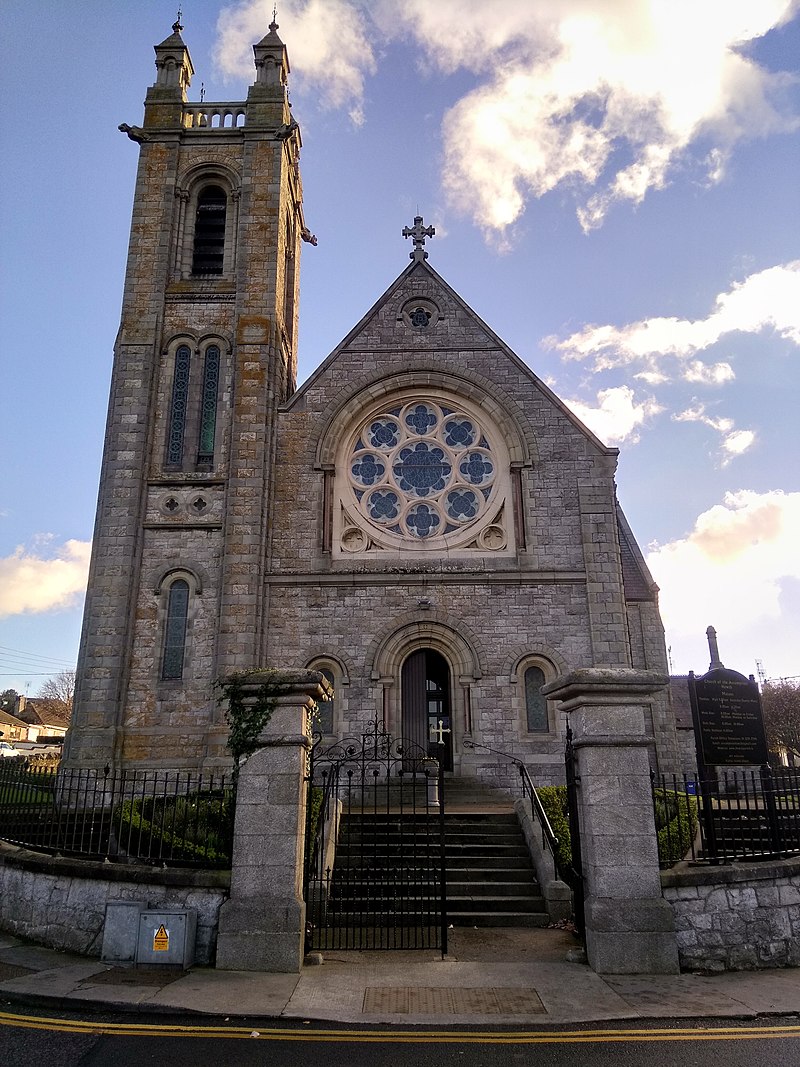
Church of the Assumption, Howth, north of Dublin
Source: Wikipedia, Church of the Assumption
Here is the civil record of their marriage:
- Marriage solemnized in the Roman Catholic Chapel of Howth in the Registrar’s District of Howth in the Union of North Dublin in the County of Dublin
- No.: 59
- When married: January 3rd 1867
- Name and surname:
- Joseph WALTERS
- Mary HOEY
- Age:
- 27 (Joseph)
- 21 (Mary)
- Condition:
- Batchelor (Joseph)
- Spinster (Mary)
- Rank or profession:
- Engineer (Joseph)
- Assistant teacher (Mary)
- Residence at time of marriage:
- Glasgow (Joseph)
- Howth (Mary)
- Father’s name and surname:
- John WALTERS (Joseph)
- Thomas HOEY (Mary)
- Rank or profession of father:
- Grocer (John WALTERS)
- Carpenter and builder (Thomas HOEY )
- Priest: John F. Shuman
- Witnesses:
- J. Watson “Jim”
- Celia McNamara
... and the church record of their marriage:
- Name: Joseph WALTERS
- Address: Glasgow
- Parents:
- Johannes WALTERS
- Maria BEANAN
- Place of birth: Glasgow
- Name: Mary HOEY
- Address: Howth
- Parents:
- Thomas HOEY
- Mary MURPHY
- Place of birth: Howth
- Date of marriage: 3 January 1867
- Name of vicar: [can't read] Shearman
- Witnesses:
- J. WATSON Junior. Residence: Glasgow
- Celia MACNAMARA. Residence: Dublin
Here is another blogpost about this marriage: Church of Assumption, Howth, Dublin, Ireland: Where one set of my great-great grandparents were married.
Mary and Joseph WALTERS had two children:
- Thomas Joseph WALTERS, born on 21 or 22 August 1868 in Howth, north of Dublin. He was baptised 26 August 1868. Thomas was my great-grand-uncle.
- John Joseph WALTERS, born on 16 April 1871 in Belfast. He was baptised on 7 May 1871. John was my great-great grandfather, the father or my maternal grandfather, also called John Joseph WALTERS.
At some stage, between the birth of their second son in 1871 and Mary's second marriage in 1880, May and Joseph WALTERS were separated by the death of Joseph. Mary became a widow and the two sons, Thomas and John, lost their father.
A few years later, Mary WALTERS (nee HOEY) remarried.
Second marriage
Yesterday I finally found two breakthrough records that helped me to work out what happened to Mary after the death of her first husband. I found two records of her second marriage:
- The civil record of Mary's second marriage, to Timothy TOWSON, on 6 May 1880.
- The church record of Mary's marriage to Timothy.
It seems that Mary WALTERS (nee HOEY) had moved to Dublin, from Howth, and ended up living at no. 4 Winetavern St. Next door Timothy TOWSON was living at no. 4 Winetavern St. I suppose they got to know each other as next-door-neighbours. Mary was about 34 at the time of her second marriage and Timothy was 43.
Here is the civil record of their marriage:
- Superintendent Registrar of: South Dublin
- 1880 Marriage solemnized in the Roman Catholic Chapel of Saint Audoen's
- In the Registrar’s District of: No. 2 South City
- In the Union of: South Dublin
- In the County of: The City of Dublin
- No. in register: 12
- When married: 6 May 1880
- Name and surnames:
- Timothy TOWSON
- Mary WALTERS
- Age:
- Full
- Full
- Condition:
- Bachelor
- Widow
- Rank or profession:
- Tradesman
- –
- Residence at the time of marriage:
- 2 Winetavern St
- 4 Winetavern St
- Father’s name and surname:
- J. M. TOWSON
- Thomas HOEY
- Rank or profession of father:
- Tradesman
- Tradesman
- Married in the Roman Catholic Chapel of: Saint Audoen's
- According to the Rites and Ceremonies of the Roman Catholic Church by me: Eugene KAVANAGH C. C.
- This marriage was solemnized between us:
- Timothy TOWSON
- Mary WALTERS
- In the presence of us:
- Thomas TOWSON
- x her mark Catherine WALSH
... and the church record of their marriage:
- Name: Timothy TOWSON
- Address: 2 Winetavern St
- Parents:
- John TOWSON
- Ellen TOWSON
- Place of birth: [can't read] Liffey St
- Name: Mary WALTERS
- Address: 4 Winetavern St
- Parents:
- Thomas HOEY
- Mary MURPHY
- Place of birth: Howth
- Date of marriage: 6 May
- Name of vicar: Eugene KAVANAGH
- Witnesses:
- Thomas TOWSON. Residence: 29 Jones St
- Catherine WALSH. Residence: 7 [can't read] St
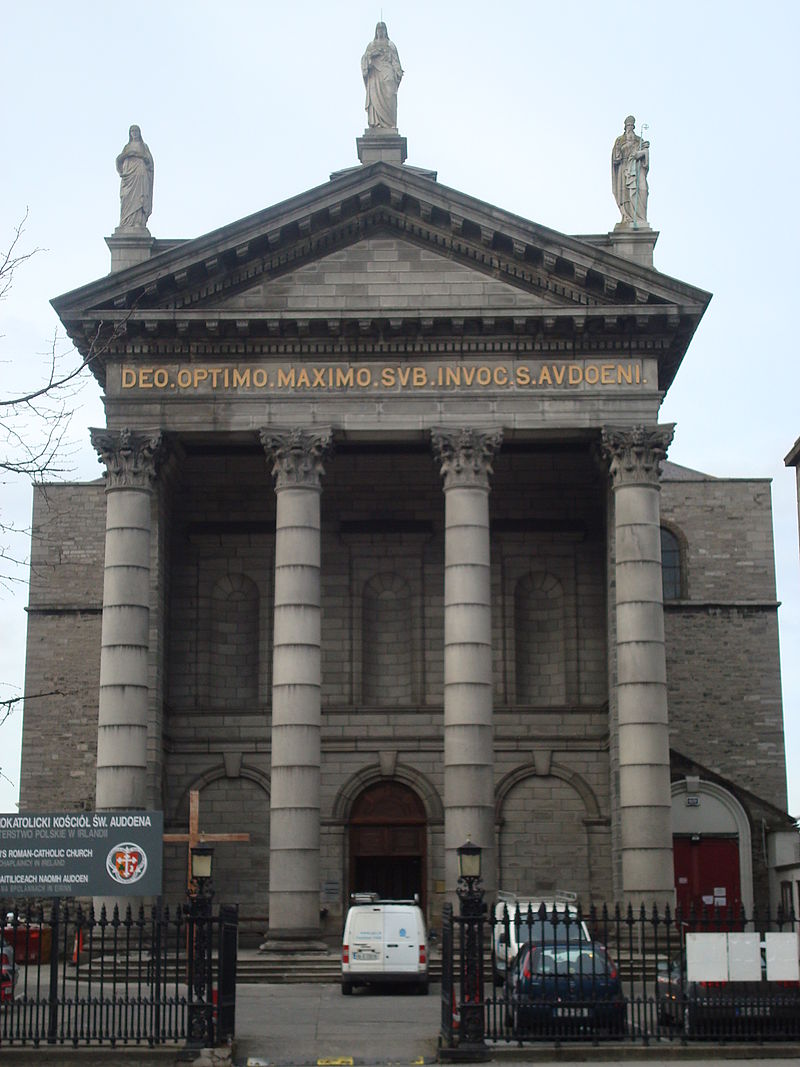
Death and burial of Mary
My next bit of research will be focused on finding the death and burial records of Mary TOWSON (previously Mary WALTERS, born Mary HOEY) between 1880 and 1904, and the death burial records of her second husband, Timothy TOWSON.
Celebration
Sometimes the barrier that separates us from our ancestors doesn't seem that big after all.
Happy 144th wedding anniversary to Mary and Timothy. I hope their union was a happy one.
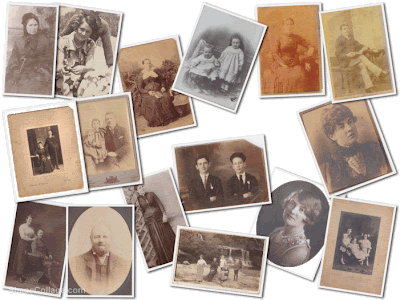

.JPG)
.JPG)
.JPG)
.JPG)
.JPG)
.JPG)
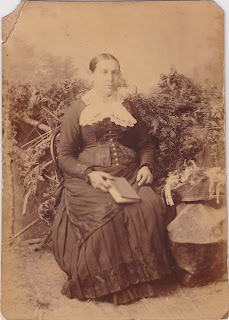











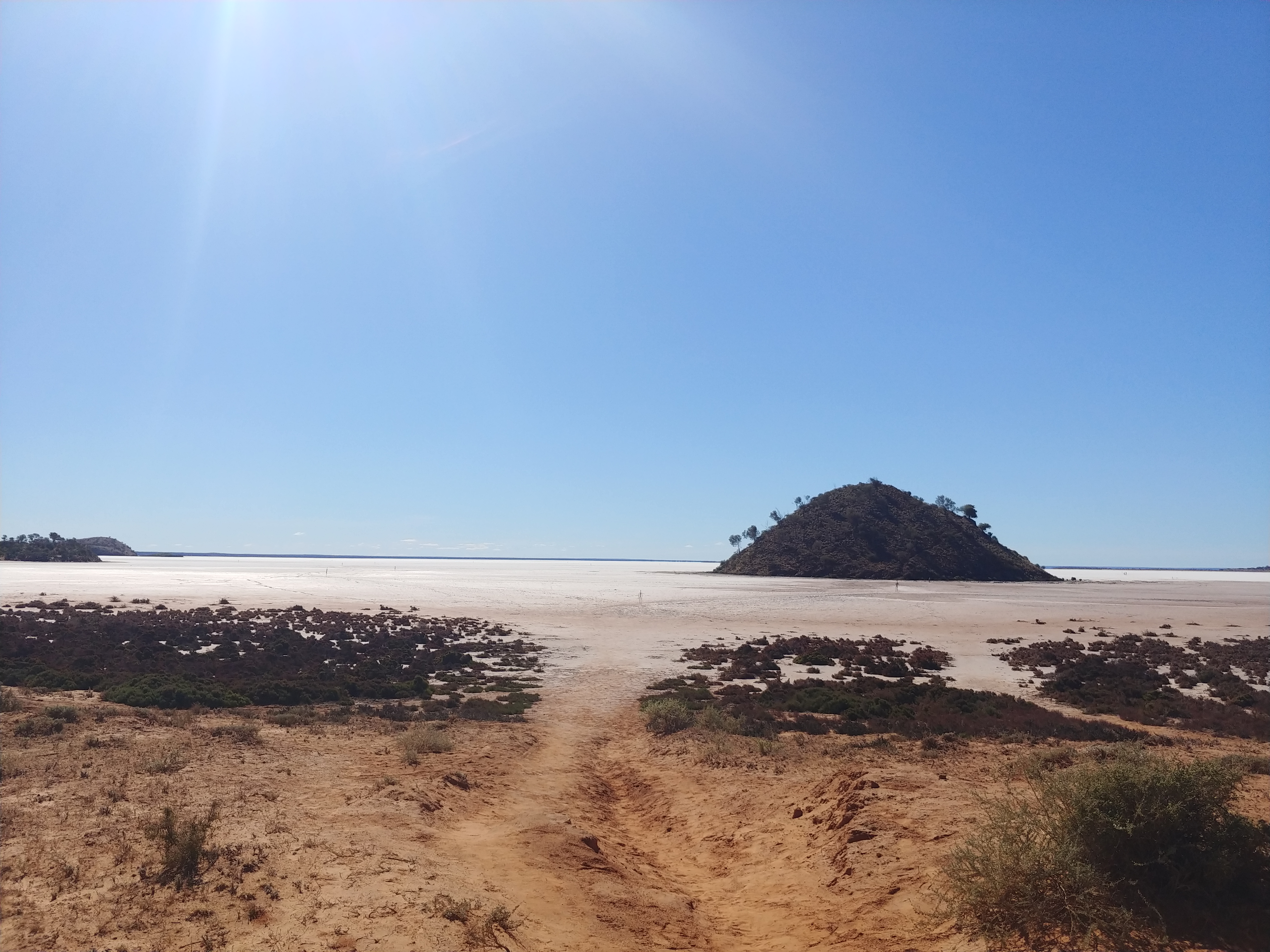


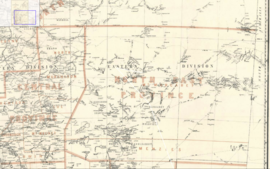





















%20Catherine%201903%20Electoral%20Roll%20Rozelle%20ZOOM.jpg)

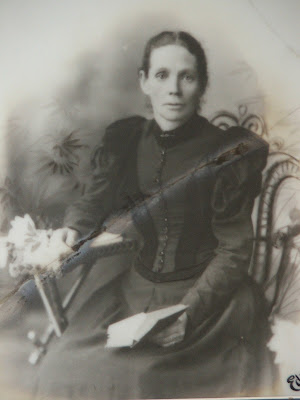



%20Margaret%201903%20Electoral%20roll%20-%20Drummoyne%20ZOOM.jpg)

%20Margaret%201903%20Electoral%20Roll%20%E2%80%93%20Orange%20ZOOM.jpg)











